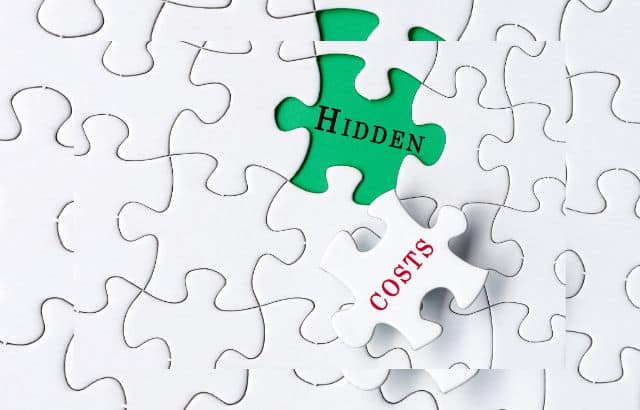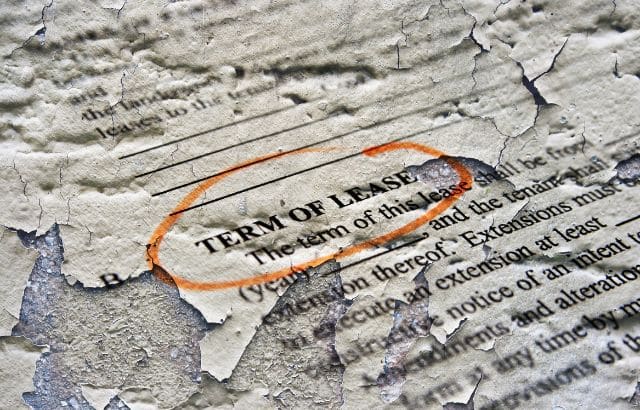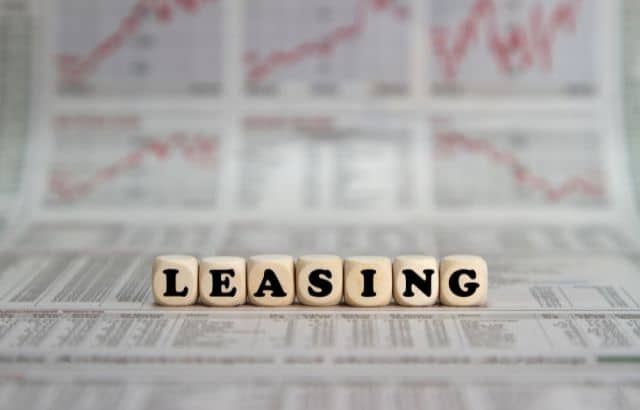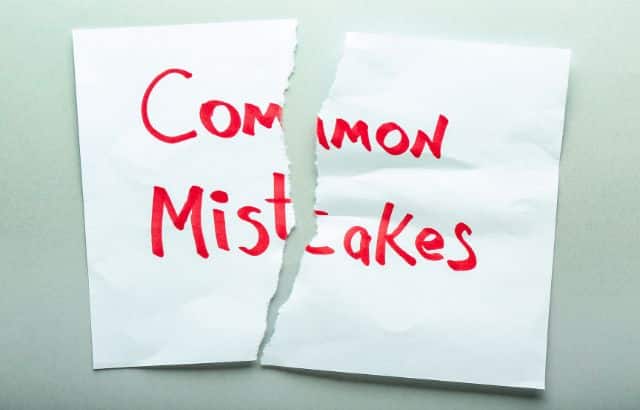Imagine this: You’ve finally launched your dream business. You’ve poured your heart and soul into every aspect, from branding to product development. But as your operations scale up, you realize you need specialized equipment to keep up with demand. That’s when you decide to lease the equipment you need.
While leasing equipment can be a savvy move for many businesses, it’s not without its pitfalls. In fact, making the wrong leasing decisions can have serious financial repercussions and even jeopardize the success of your venture.
To help you navigate the complex world of equipment leasing, we’ve compiled a list of five common blunders to avoid. From hidden costs to credit score impacts, we’ll explore the lesser-known factors that can make or break your leasing experience.
Table of Contents
5 Blunders to Avoid While Leasing Equipment For Your Business
Ignoring Hidden Costs:
Many businesses fall into the trap of focusing solely on the monthly lease payments while overlooking the hidden costs associated with leasing equipment. According to industry estimates, these hidden costs can inflate the total lease expenditure by 10% to 30%. From maintenance fees to insurance premiums, it’s crucial to factor in all potential expenses before signing on the dotted line.
Underestimating the Impact of Lease Term Length:
The duration of your lease term can significantly impact your bottom line and operational flexibility. While longer lease terms may offer lower monthly payments, they can also lock you into outdated equipment or limit your ability to upgrade to newer technology. Research suggests that finding the right balance between cost savings and flexibility is key to a successful leasing arrangement.
Neglecting Credit Score Considerations:
Many businesses overlook the impact of equipment leasing on their credit scores. Just like applying for a loan, leasing involves a credit evaluation process that can affect your creditworthiness. Multiple lease applications within a short period can lower your credit score, making it harder to secure favorable financing terms in the future. Being mindful of your credit score is essential to maintaining financial health.
Failing to Assess Residual Value:
Residual value, or the estimated worth of the leased equipment at the end of the lease term, is often overlooked but can have significant implications for your finances. High residual values may result in lower monthly payments, but they also carry the risk of unexpected expenses if the actual resale value falls short. Conducting thorough research on equipment depreciation rates and market trends can help you make informed decisions.
Skipping Due Diligence:
Perhaps the most common blunder of all is skipping due diligence when it comes to equipment leasing. From thoroughly reviewing lease agreements to understanding the terms and conditions, taking the time to do your homework can save you from costly mistakes down the road. Consulting with industry experts or legal professionals can provide valuable insights and ensure that you’re making the best possible choices for your business.
Conclusion:
Leasing equipment for your business can be a strategic move to boost productivity and drive growth. However, it’s essential to approach the process with caution and foresight. By avoiding these five common blunders and staying informed about the lesser-known factors, you can optimize your leasing arrangements and set your business up for success in the long run. Remember, the devil is in the details, so take the time to do your due diligence and make informed decisions that align with your business goals.

























